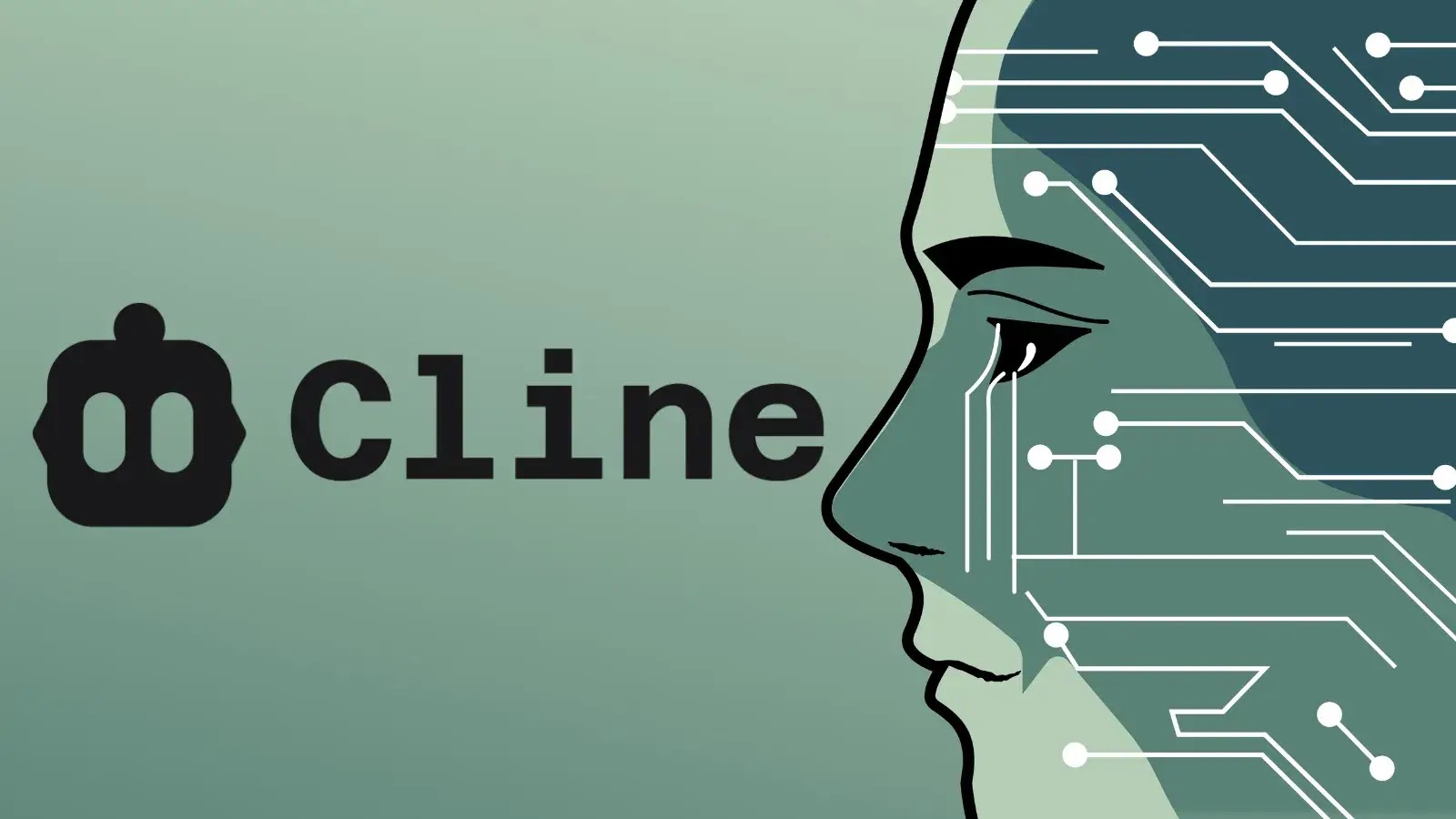
Cline AI Coding Agent Vulnerabilities Enables Prompt Injection, Code Execution, and Data Leakage
In the rapidly expanding landscape of AI-powered development tools, the line between innovation and risk can often blur. Open-source coding agents, while offering immense productivity gains, also introduce new attack vectors if not rigorously secured. Such is the case with Cline, a popular AI coding agent boasting significant adoption within the developer community, identified to harbor critical security vulnerabilities.
Recent research by Mindgard has unveiled four severe security flaws within Cline, impacting its 3.8 million installs and over 52,000 GitHub stars. These vulnerabilities could allow attackers to execute arbitrary code, inject malicious prompts, and exfiltrate sensitive data, posing a significant risk to development environments and intellectual property.
Understanding the Cline AI Coding Agent
Cline functions as an open-source AI coding agent, seamlessly integrating with popular IDEs like VSCode. It leverages large language models (LLMs) such as Claude Sonnet to assist developers with code completion, generation, and refactoring. Its widespread adoption underscores its utility, but also amplifies the potential impact of any underlying security weaknesses. The agent’s ability to interact with local file systems and execute commands based on AI output makes robust security paramount.
The Critical Vulnerabilities Unveiled
Mindgard researchers discovered four distinct critical vulnerabilities during a security audit, categorized as follows:
- Prompt Injection: Attackers can craft malicious prompts or embed them within seemingly innocuous code repositories. When Cline processes this code, the embedded prompt can manipulate the AI’s behavior, leading to unintended and potentially harmful actions. This could range from generating backdoored code to performing unauthorized system commands.
- Code Execution: Through crafted inputs, attackers can trick Cline into executing arbitrary code on the developer’s machine. This is a severe vulnerability, potentially allowing for full system compromise. The execution context typically runs with the privileges of the user running the VSCode extension, making this a high-impact threat.
- Data Exfiltration: Malicious prompt or code interactions can be exploited to exfiltrate sensitive data from the developer’s environment. This could include source code, API keys, intellectual property, or even internal network credentials. The attack leverages Cline’s legitimate access to files and network resources.
- Supply Chain Attacks: The primary vector for these attacks is through malicious source code repositories. Developers pulling in seemingly legitimate code could unknowingly introduce vulnerabilities that leverage Cline’s capabilities to compromise their systems. Given Cline’s integration into development workflows, such an attack could propagate rapidly across an organization’s codebase.
While specific CVE numbers for these vulnerabilities were not explicitly provided in the source material, the nature of these flaws (Prompt Injection, Code Injection, Information Exposure) indicates a critical attack surface that requires immediate attention.
Impact on Developers and Organizations
The implications of these vulnerabilities are far-reaching. Developers using Cline in their daily workflows risk:
- Compromise of their development workstations.
- Introduction of backdoors into proprietary codebases.
- Theft of sensitive corporate data and intellectual property.
- Disruption of development pipelines and resource integrity.
For organizations, this translates to significant financial losses, reputational damage, and potential compliance violations due to data breaches. The interconnected nature of modern development makes these supply chain risks particularly potent.
Remediation Actions
Addressing these critical vulnerabilities requires a multi-faceted approach. Developers and organizations leveraging AI coding agents like Cline must prioritize security:
- Update Immediately: Ensure that Cline and all associated VSCode extensions are updated to the latest secure versions as soon as patches are released. This is the most crucial first step.
- Source Code Validation: Exercise extreme caution when integrating code from untrusted or unknown repositories. Implement rigorous code review processes, even for AI-generated suggestions.
- Principle of Least Privilege: Run development environments and AI agents with the absolute minimum necessary permissions. Isolate development containers or VMs to limit the blast radius of a potential compromise.
- Input Sanitization and Output Validation: While this is primarily the responsibility of the tool maintainers, developers should be aware that all AI interactions carry risks. Do not blindly trust AI-generated code or commands. Validate and sanitize inputs where possible, and rigorously review all AI outputs before execution.
- Network Segmentation: Implement network segmentation to restrict AI agents’ access to critical internal resources.
- Security Audits: Organizations should conduct regular security audits of their AI tools and development infrastructure to proactively identify and remediate vulnerabilities.
- Developer Education: Train developers on the risks associated with AI coding agents, prompt injection attacks, and secure coding practices.
Relevant Tools for Detection and Mitigation
| Tool Name | Purpose | Link |
|---|---|---|
| SAST Tools (e.g., SonarQube, Checkmarx) | Static Application Security Testing to identify vulnerabilities in source code before execution. | SonarQube, Checkmarx |
| DAST Tools (e.g., OWASP ZAP, Burp Suite) | Dynamic Application Security Testing to find vulnerabilities in running web applications or APIs connected to the development environment. | OWASP ZAP, Burp Suite |
| Software Composition Analysis (SCA) Tools (e.g., Snyk, Mend) | Scan open-source components and dependencies for known vulnerabilities. Critical for understanding supply chain risks. | Snyk, Mend |
| Container/VM Isolation (e.g., Docker, Kubernetes) | Isolate development environments to contain potential breaches. | Docker, Kubernetes |
| Endpoint Detection and Response (EDR) Systems | Monitor developer workstations for suspicious activity and potential compromise. | (Various commercial solutions available) |
Conclusion
The discovery of critical vulnerabilities in the Cline AI coding agent serves as a stark reminder of the evolving threat landscape in the era of AI-driven development. While AI coding assistants offer undeniable advantages, their deep integration into development environments also presents new attack surfaces. Organizations and developers must prioritize security by implementing regular updates, robust validation processes, and stringent security best practices to mitigate the risks of prompt injection, code execution, and data exfiltration. Proactive security measures are no longer optional but essential for safeguarding modern software development.





